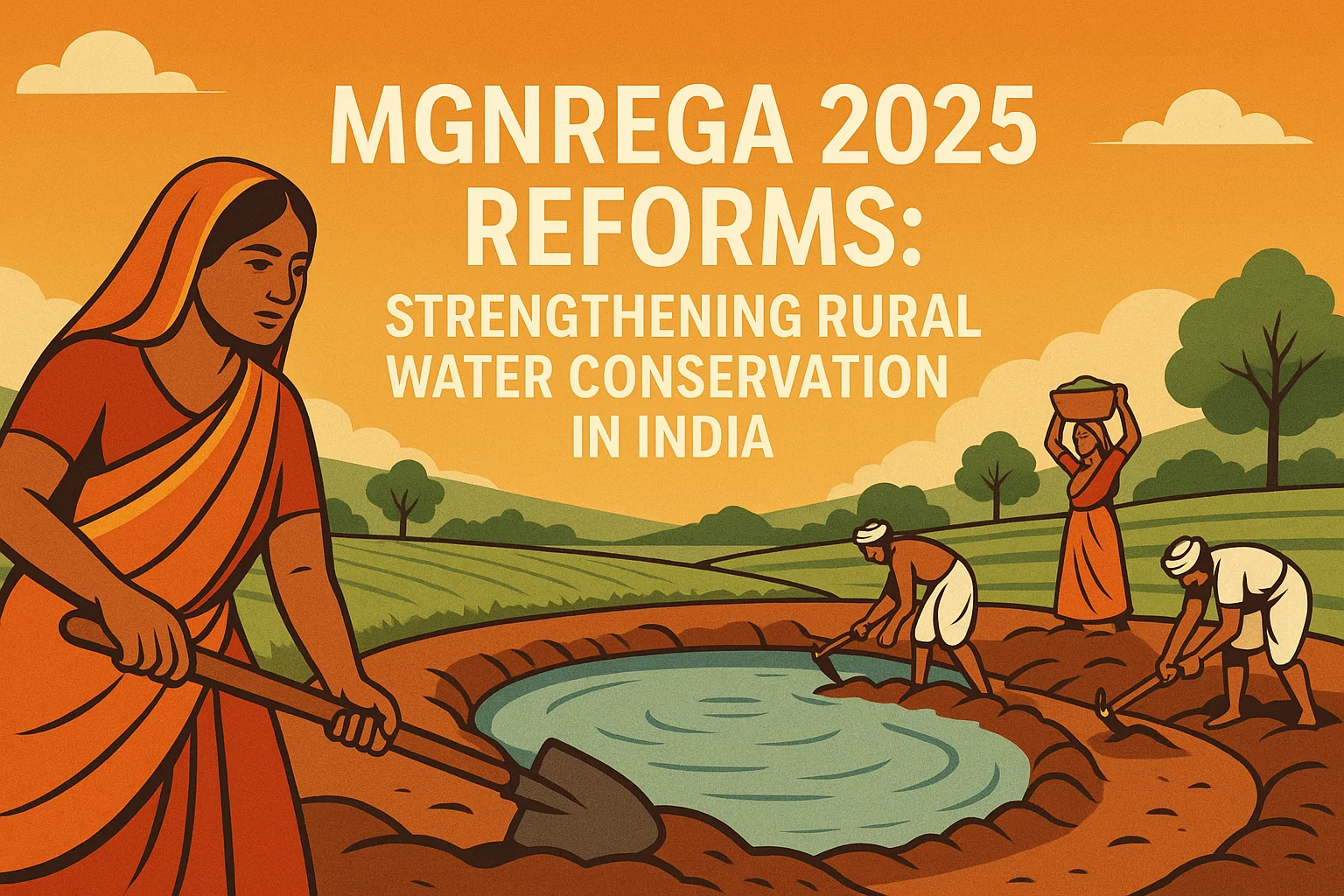Font size:
Print
Maternal Mortality in India (2019–21)
India’s latest Maternal Mortality Ratio shows a declining trend
Context:
India has recorded a notable decline in its Maternal Mortality Ratio (MMR), according to the latest data released by the Office of the Registrar General and Census Commissioner of India.
More on News
- The data is derived using the Sample Registration System (SRS), which is one of the largest demographic sample surveys in India.
- The MMR is a crucial indicator of the reproductive health of women, defined as the number of maternal deaths per 100,000 live births during a specific time period.
- Since maternal deaths are rare events, very large sample sizes are required to generate robust and reliable estimates.
As per the World Health Organisation (WHO) Maternal death is defined as the death of a woman while pregnant or within 42 days of the termination of pregnancy, due to causes related to or aggravated by the pregnancy or its management. Deaths from accidental or incidental causes are excluded from this definition.
Key Highlights
- The MMR has decreased to 93 per 100,000 live births in the period 2019-2021, improving from 97 in 2018-2020 and 103 in 2017-2019.
- These improvements reflect the success of government initiatives, improved healthcare access, and strengthened medical infrastructure and training.
- The data also highlight that the highest MMR occurs in the 20-29 years age group, followed by the 30-34 years age group. These are typically the peak reproductive years, suggesting the urgent need for targeted maternal health interventions for women in this age bracket.
- India now aims to meet the United Nations Sustainable Development Goal (SDG) target of reducing MMR to below 70 per 100,000 live births by 2030.
Global Maternal Mortality Statistics (2023)
- In 2023, over 700 women died every day due to preventable causes related to pregnancy and childbirth.
- A maternal death occurs almost every 2 minutes globally.
- Between 2000 and 2023, the global MMR decreased by about 40%.
- Over 90% of maternal deaths in 2023 occurred in low- and lower-middle-income countries.
- Care by skilled health professionals before, during, and after childbirth is crucial in preventing maternal deaths.
Government Programs to Reduce MMR
- Janani Suraksha Yojana (JSY): Promotes institutional deliveries among economically weaker sections.
- Pradhan Mantri Matru Vandana Yojana (PMMVY): Offers ₹5,000 maternity benefit for the first child; PMMVY 2.0 offers an additional incentive for a second child if girl (from 2022).
- Janani Shishu Suraksha Karyakaram (JSSK): Provides free delivery, transport, diagnostics, medicines, and diet to pregnant women and sick infants.
- Surakshit Matritva Aashwasan (SUMAN): Aims to provide zero-cost, respectful, quality care to pregnant women and newborns.
- Pradhan Mantri Surakshit Matritva Abhiyan (PMSMA): Offers free ANC services on the 9th of every month. e-PMSMA adds incentives and tracking for high-risk pregnancies. Over 5.9 crore women examined under PMSMA as of March 2025.
- LaQshya: Improves labour room care quality for safe childbirth.
- Capacity Building: MBBS doctors trained in Anesthesia (LSAS) and Obstetric Care (EmOC) to address specialist shortages in rural areas.
- Maternal Death Surveillance Review (MDSR): Monitors and addresses causes of maternal deaths.
- Monthly Village Health, Sanitation & Nutrition Day (VHSND): Provides maternal and child healthcare services at community level.
- IEC/BCC Activities: Promotes awareness for early registration, ANC, safe deliveries, and nutrition.
- MCP Card & Safe Motherhood Booklet: Distributed to pregnant women for health education and awareness.
- RCH Portal: Web-enabled tracking of maternal and child health services.
- Anaemia Mukt Bharat (AMB): Tackles anaemia in adolescents and pregnant women under POSHAN Abhiyan.


